This contribution is an abridged version of the following publication: http://e.issuu.com/embed.html#29170140/53191803
The watermark is like a home but instead of people it houses images. Homes do not discriminate, and neither do watermarks, be it against origin, content or quality, as long as the residents meet the community guidelines. A community sometimes needs guidelines and the watermark knows this—otherwise it might turn into a sketchy neighbourhood and nobody would be happy about that either. This way the watermark can help to make sure that every image inside the community is equal; every image is the same.
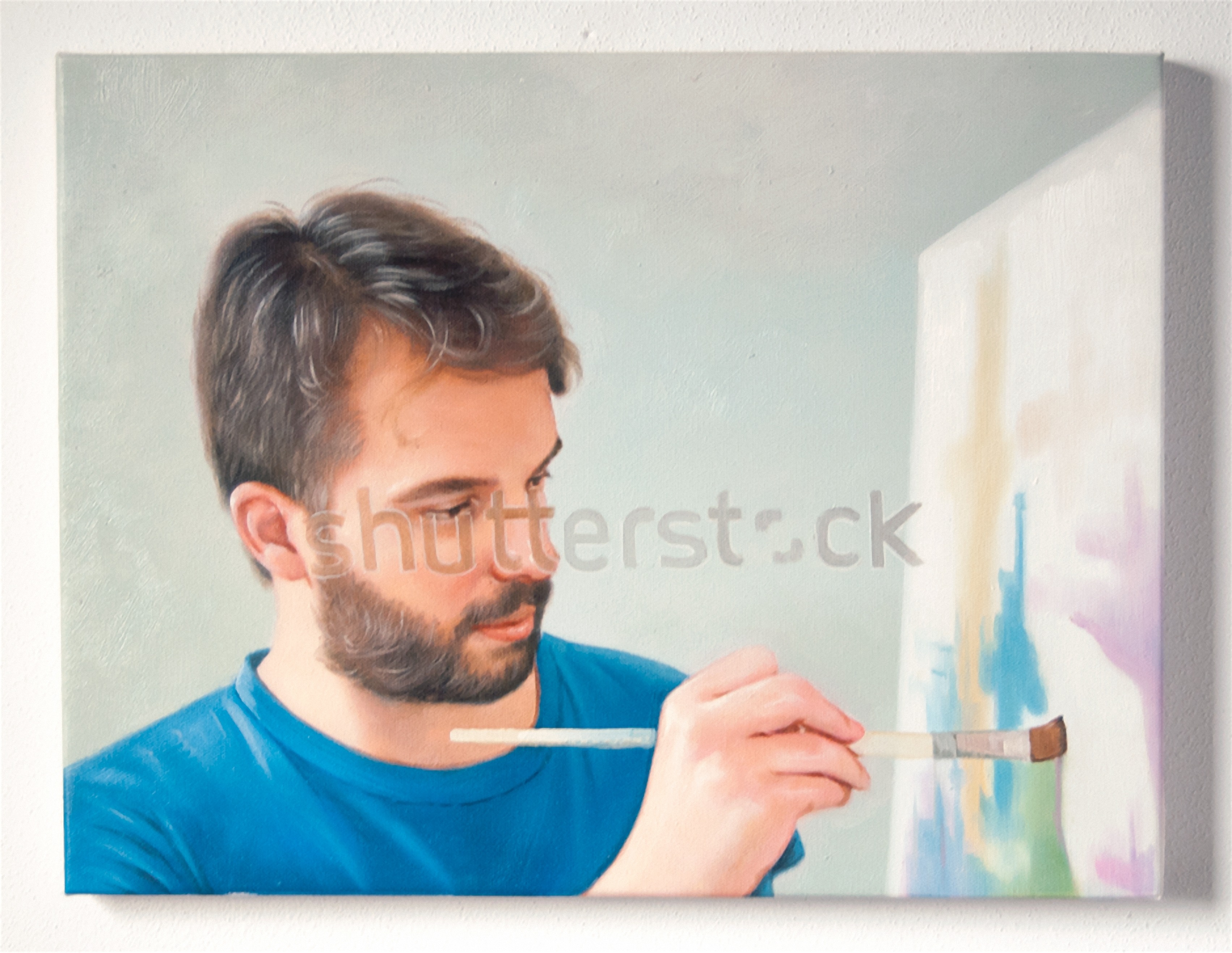
IOCOSE, A Contemporary Self Portrait of the Internet Artist, 2015
Sometimes the watermark can become a bit clingy. But this is only because the watermark loves all of its images so much. Because of this, when one of its images wanders off into the void, the watermark does not tire to point out the way home. The watermark is close friends with the seat belt alarm because of their mutual persistence.
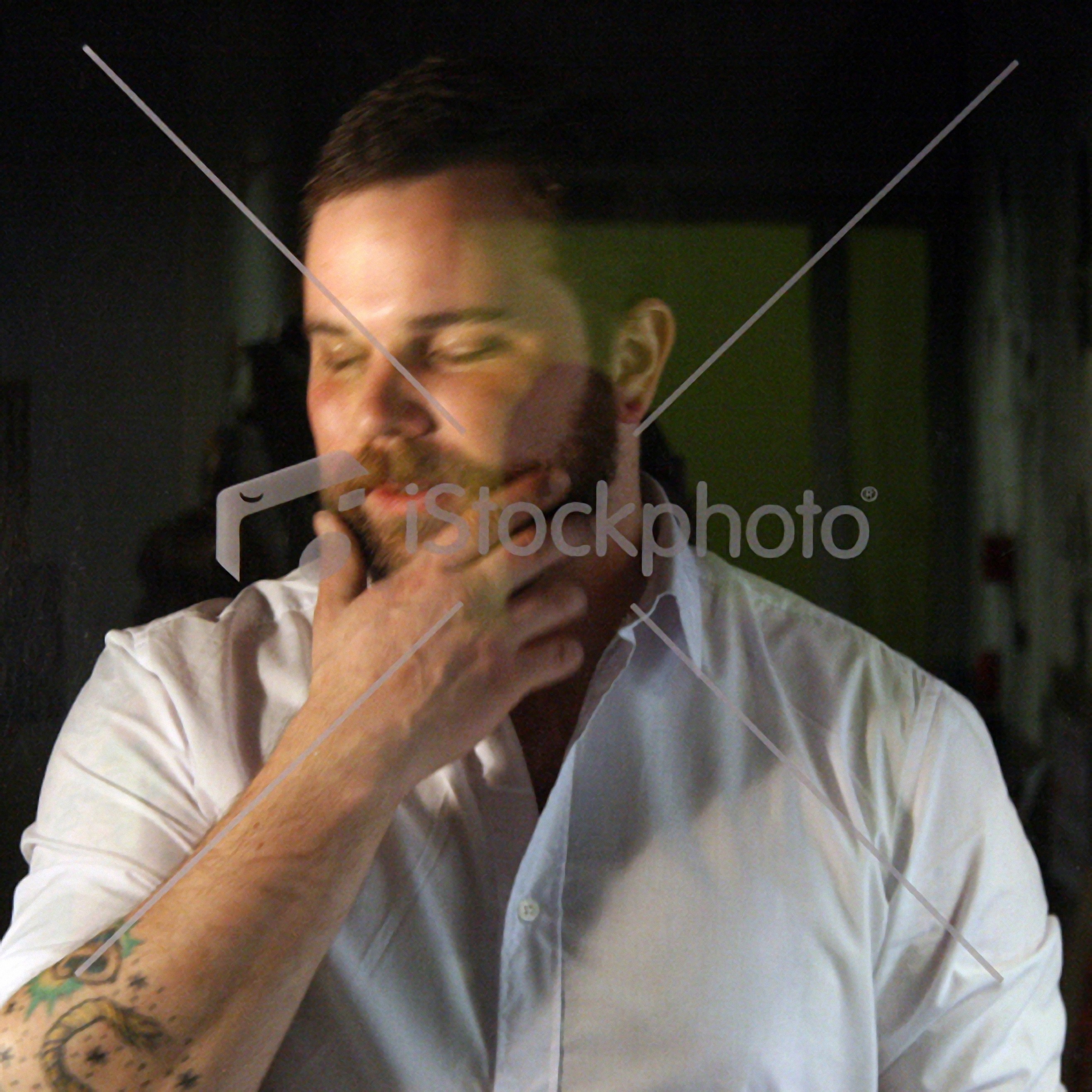
Stefan Schäfer, iStockphotoforreal, 2014
When the watermark gets too persistent, people get annoyed with the watermark. They say to the watermark that it is holding the images back, or that it is trying to be the centre of attention. This makes the watermark sad. Usually, then it remembers all the images that still need it before it can let them go wander off by themselves and it gets happy again. The watermark means well.
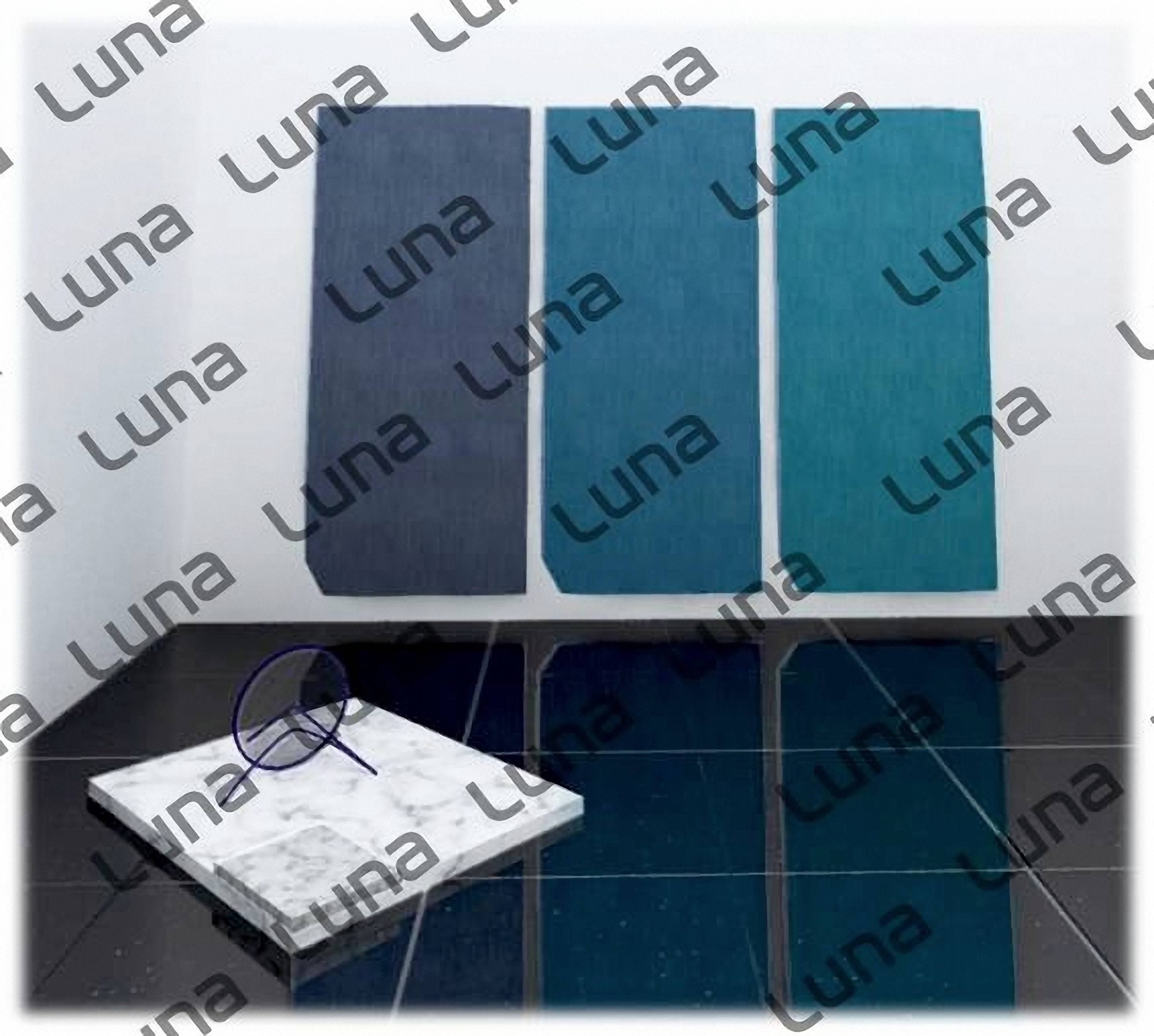
Bert Schumacher, JstChillin, 2011
But sometimes, even the watermark is doubting whether the direction that it is pointing at is really home—or whether it is actually pointing at anything at all.

Robin Lèsyer, Consistent Ambivalence, 2016
The watermark is a little bit like a pair of glasses. It likes to be looked through, like lenses do, and it likes to marvel at the virtual realities that are being created along the process. Generally people really like these realities as well, but they don’t always like to wear glasses. Lately, however, glasses have gone into fashion again, and the watermark thinks this is a good thing.
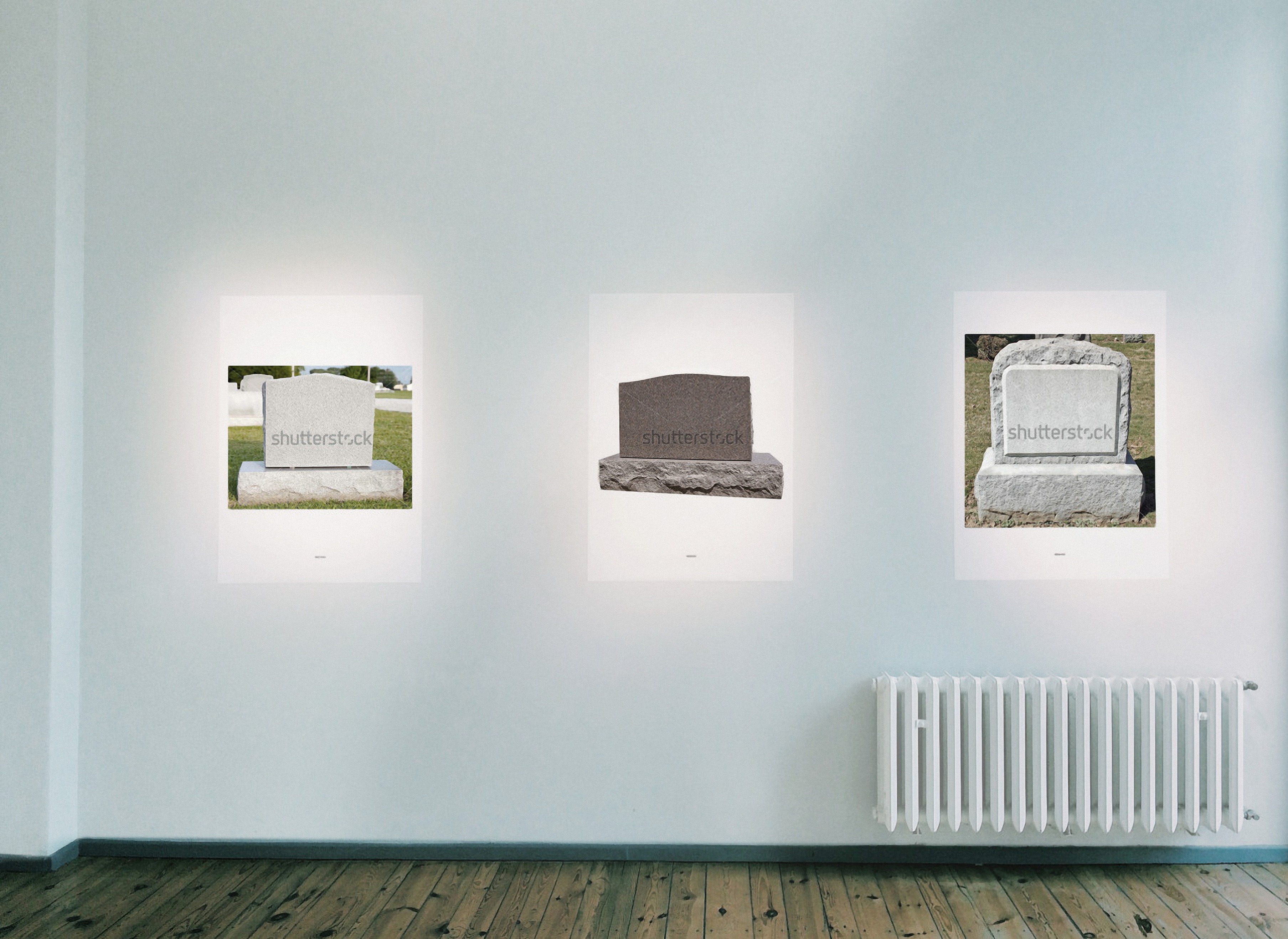
Johannes von Gross, Exhibition View at Direktorenhaus Berlin, 2014
Secretly, the watermark would like to be in fashion as well. The watermark is quite handsome after all. But whenever there is a modeling job that the watermark would like to participate in the people who make the decisions about these kinds of things decide against it.
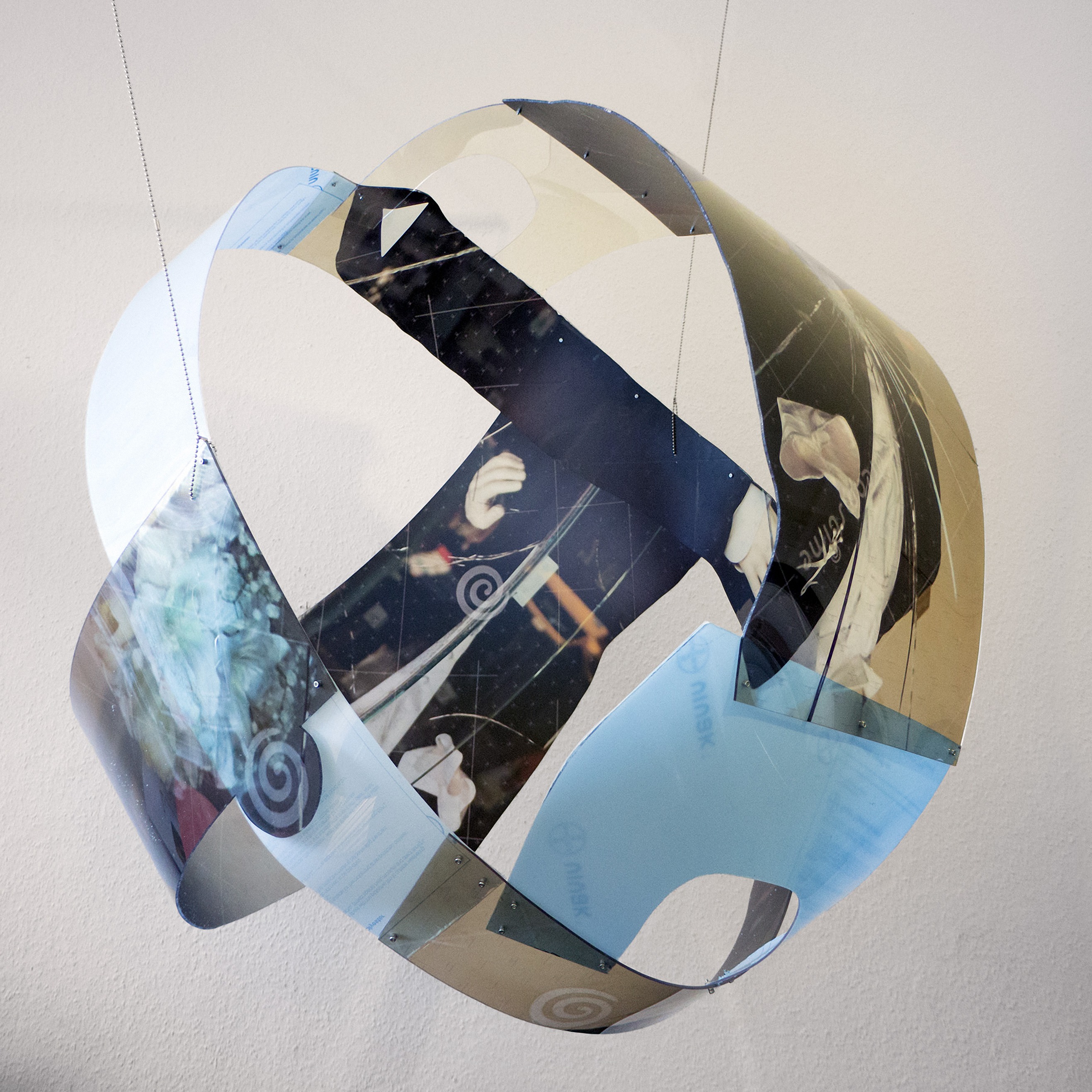
Harm van den Dorpel, Assemblage (everything vs. anything), 2013
The watermark is fearless. It’s a bit like a fireman, rushing into a burning building to save a child, only the child is it’s brand’s visibility and the burning building is the encryption algorithms that make images online more streamable. But the watermark doesn’t take any credit.
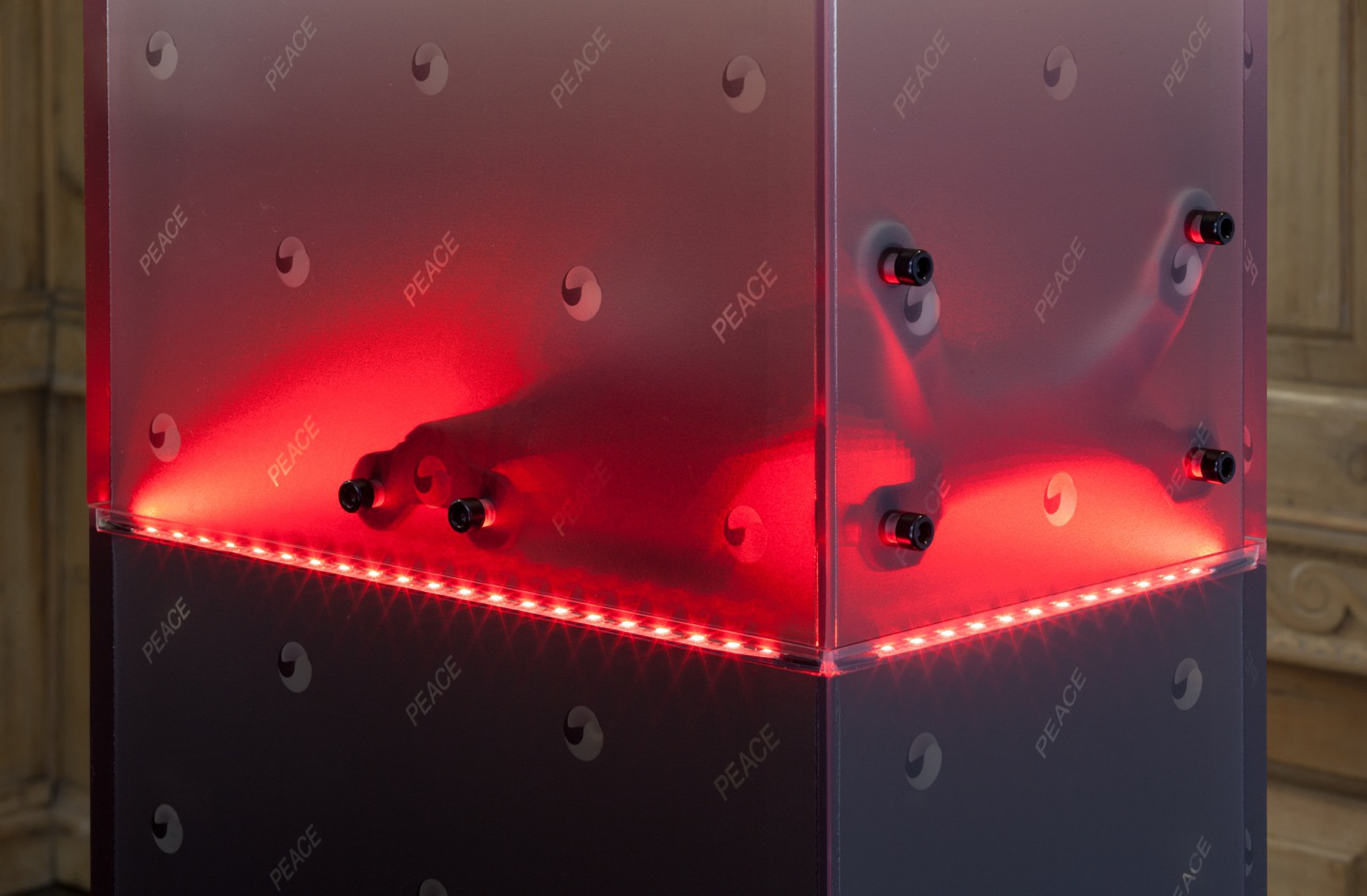
Timor Si-Qin, Skull Coffin Manifold KNMER 1813, 2014
Instead, the watermark tries to ensure that credit is given to those who deserve it. The watermark thinks that if someone wins a race they should get a medal for it. Because sure enough, the others are going to arrive at the finish line eventually, and then how is anyone supposed to know who it was that they saw first?

DIS, Positive Ambiguity (beard, lectern, teleprompter, wind machine, confidence), 2015
In these moments the watermark feels at home in the image instead of the other way around. Finally, the watermark can relax. Not even the watermark likes to always be the bad cop!
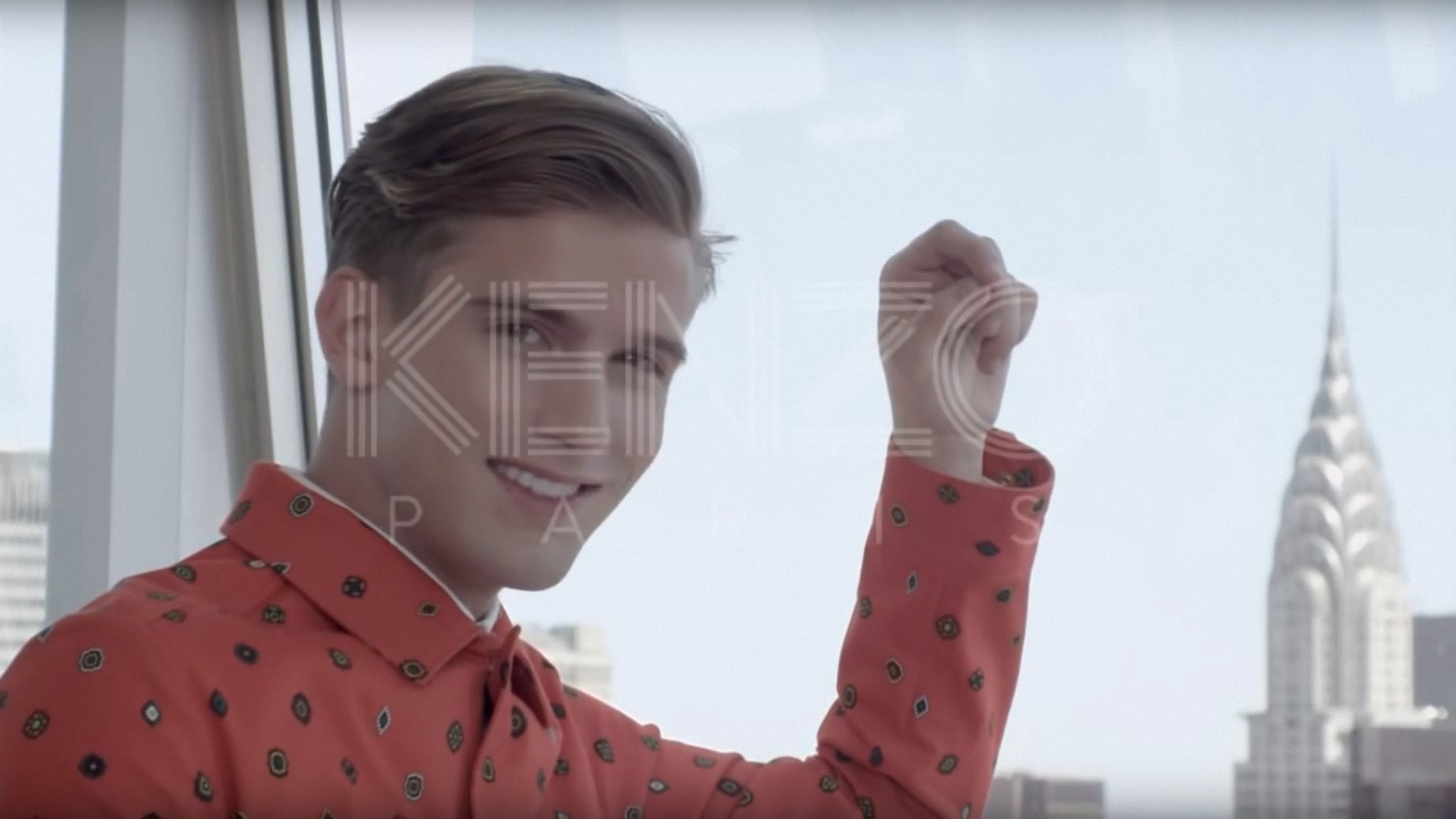
DIS, Watermarked for KENZO, 2012
The watermark is at home but instead of in a house, it’s in an image. Sure, it sometimes discriminates, but then, so do people in houses.

Sucuk und Bratwurst, Watermark (Identity for Watergate Berlin), 2014
